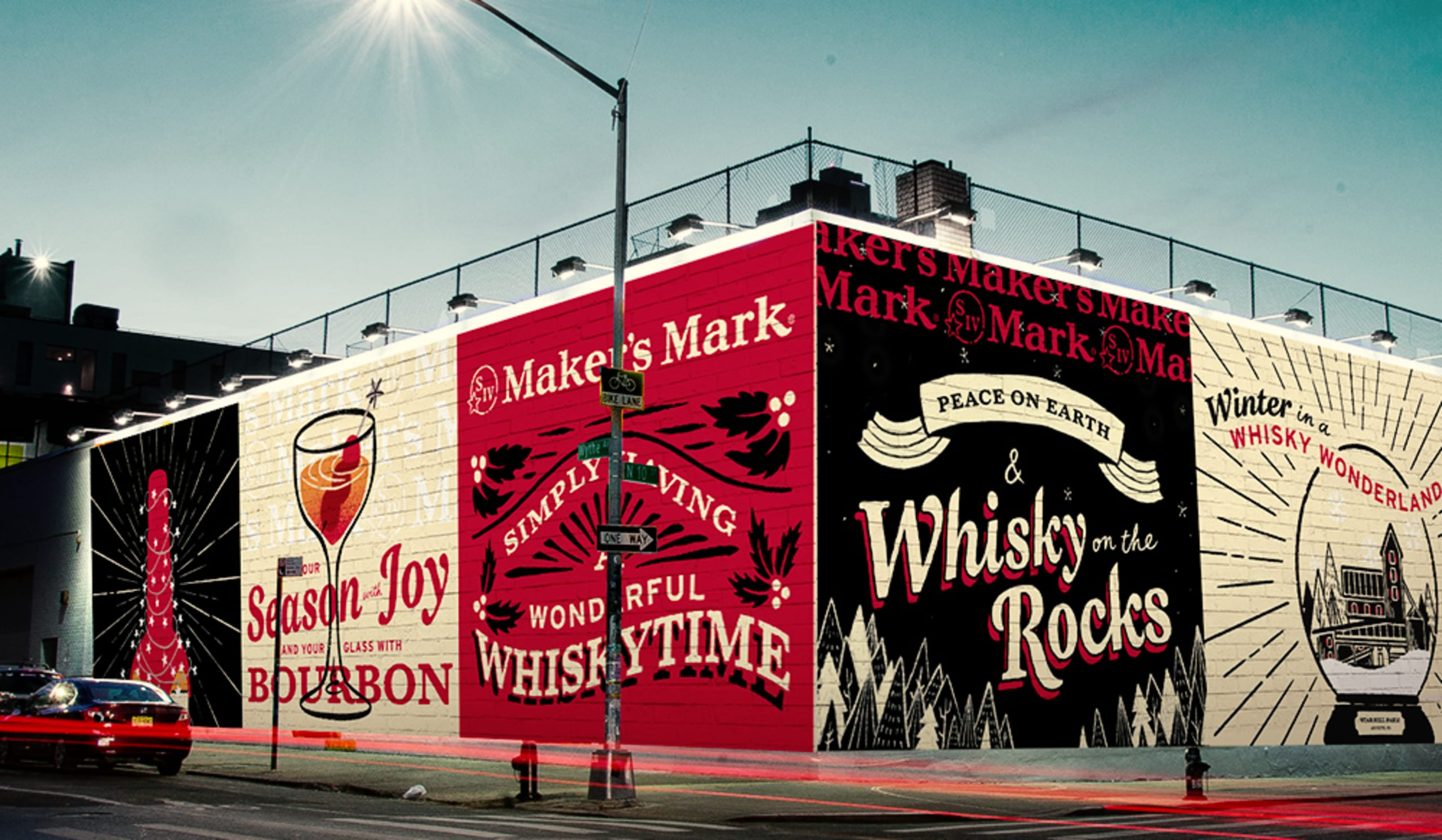
The power of localized marketing
Let's get local.
As consumers, we’re inundated with brand messages at a rapidly growing, never-ending pace. It’s given rise to digital ad blockers and people willing to pay more for online services – hello, Spotify Premium – just so they don’t have to listen to the spots we so lovingly craft. When we look at the physical locations where we’re showing up as marketers, retail spaces are just as cluttered – if not more so. But as an advertising legend once said, “Nobody reads ads. They read what interests them. And sometimes that’s an ad.” And one great way to capture attention is by creating messages that are contextually relevant.
Are we saying every message a brand puts out should be localized? Absolutely not. We are, however, finding that in certain spaces, places and timeframes throughout the year, a localized marketing strategy for contextual messaging helps create an immediate connection with the consumer in the space, at that moment in time, for the few seconds that brand has their attention.
It’s key to determine the places and spaces where marketing localization would be stronger than a general brand message. For example, our client Maker’s Mark had an opportunity to post an ad on the side of a local drinking establishment, which happened to be across the street from a locally famous art installation. The creative we designed for the space spoke directly to the community by referencing the work of art in an insightful and engaging way. The result? The establishment in question had to double its next order of Maker’s Mark.
What exactly is brand localization?
Simply put, it’s finding the right space or channel to reach a consumer in a certain market or location and crafting a brand message that directly connects to the moment and place they’re encountering it. It can be as targeted as a specific location or neighborhood or as broad as an entire city or state.

How to create a localization strategy.
Again, we are not saying all marketing efforts need to be localized. In fact, we’re suggesting the opposite. A good rule of thumb is for about 70% of your marketing budget to be devoted to your brand campaign and overall brand awareness, with the remaining 30% of support devoted to contextualized efforts. Brands need to tell their stories consistently so consumers understand what they stand for. Localization should be used as an additional tool – that final nudge to connect when and where it makes sense. In our experience, localization – when done right – is lightning in a bottle.
So, a few simple steps to make localization work for your brand:
First, start with your brand’s value proposition, its tone of voice and point of view. What do you want consumers to know about your brand, and what is the key takeaway?
Next, learn everything you can about where, when and to whom you are speaking. It’s key in this fact-finding stage to consult with people who actually live in the space you’re about to invade. Try to cast a wide net. Ask questions – some you think might not even pertain to the project or brand, but ask them anyway. The more you learn, the more it will show in the final execution.
Finally, if you truly want to make a connection with your contextual target, it has to feel natural. Throwing a city’s or retail account’s name on your creative and calling it a day isn’t going to cut it. “Hey, Detroit! Enjoy XXX on the rocks!” isn’t exactly tugging on local heartstrings. In fact, if anyone outside the location can easily understand your message, it probably isn’t right. It’s giving the consumer the feeling that “they really get me” that will make your localized marketing strike that balance between your brand’s voice and the local way of looking at the world. So hard to get right, but oh so effective when you do.
Interested in learning more or talking about how these trends may apply to your brand? Get in touch!
)
)